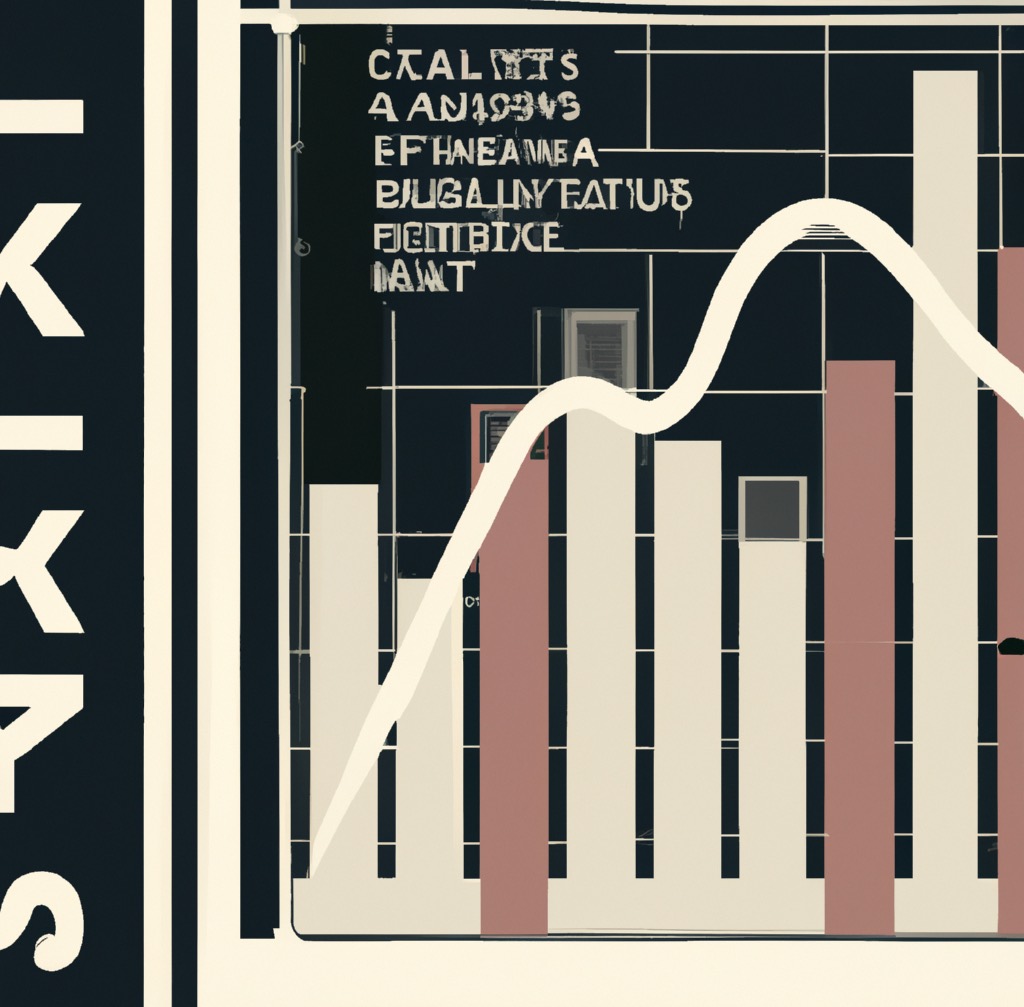There are several ways to control cloud data warehouse costs:
- Right-sizing: Make sure to choose the appropriate size for the data warehouse based on the amount of data and the number of users that will be accessing it. This will help to avoid over-provisioning and unnecessary costs.
- Auto-scaling: Use auto-scaling features to automatically adjust the size of the data warehouse based on usage patterns. This can help to reduce costs by scaling down the data warehouse when it’s not in use.
- Reserved instances: Consider purchasing reserved instances, which allow you to pay a discounted rate for a committed usage over a period of time. This can help to reduce costs if you know that you will be using the data warehouse for an extended period.
- Data archiving: Move old or infrequently accessed data to lower-cost storage solutions, such as cold storage or archival storage.
- Data compression and partitioning: Use data compression and partitioning techniques to reduce the amount of storage required for the data.
- Data governance: Implementing proper data governance policies, such as data retention policies, and regularly monitoring and reviewing data usage and access patterns can help to identify and eliminate unnecessary data storage and access.
- Cost optimization tools: Use cost optimization tools provided by cloud providers such as AWS Cost Explorer, Azure Cost Management and Google Cloud Billing and Cost Management to monitor and optimize your spending on data warehouse services.
- Multi-cloud strategy: Evaluate the costs
